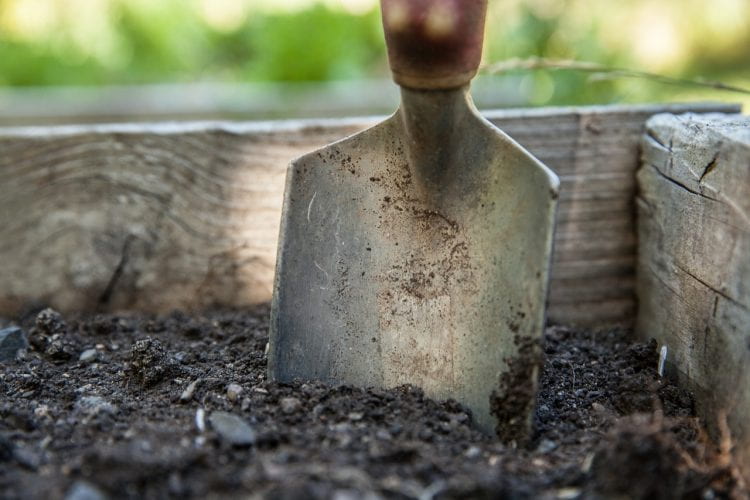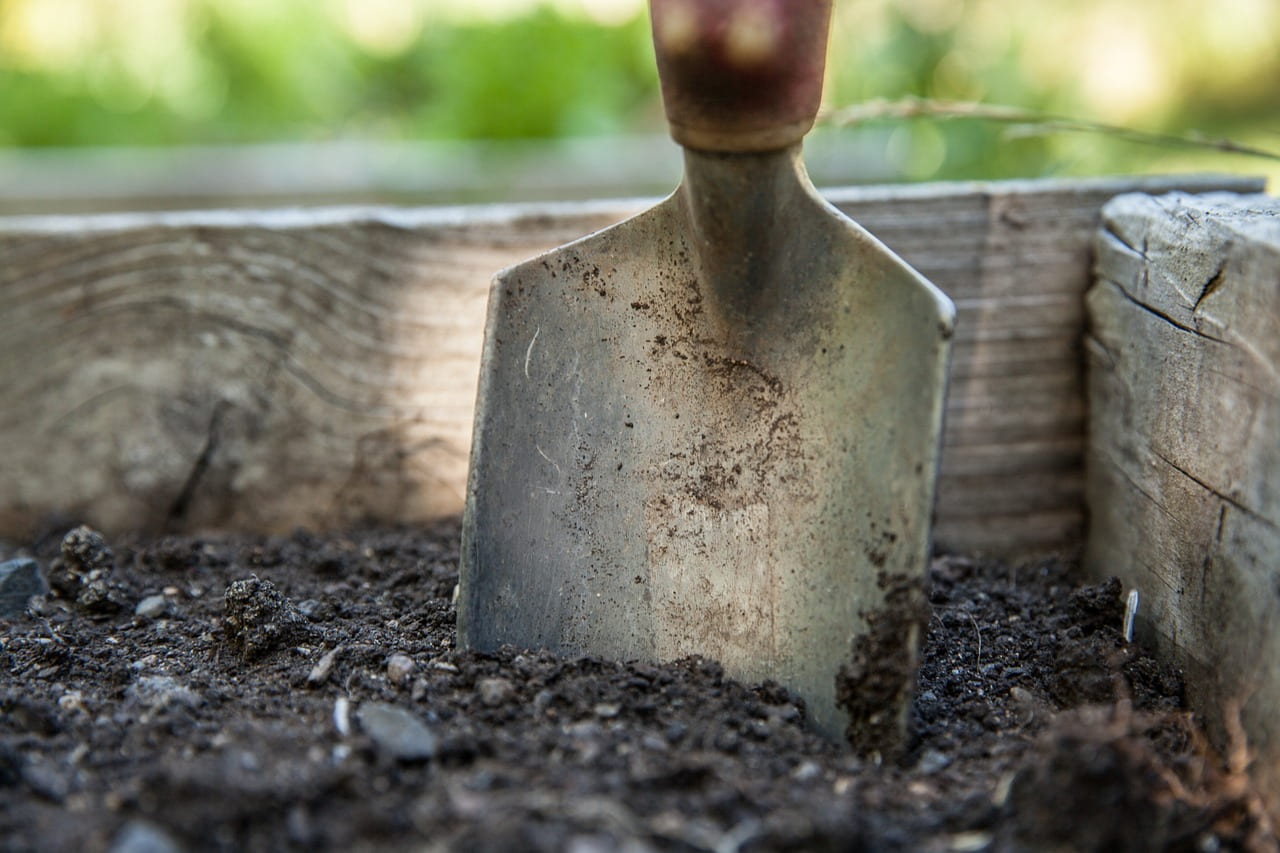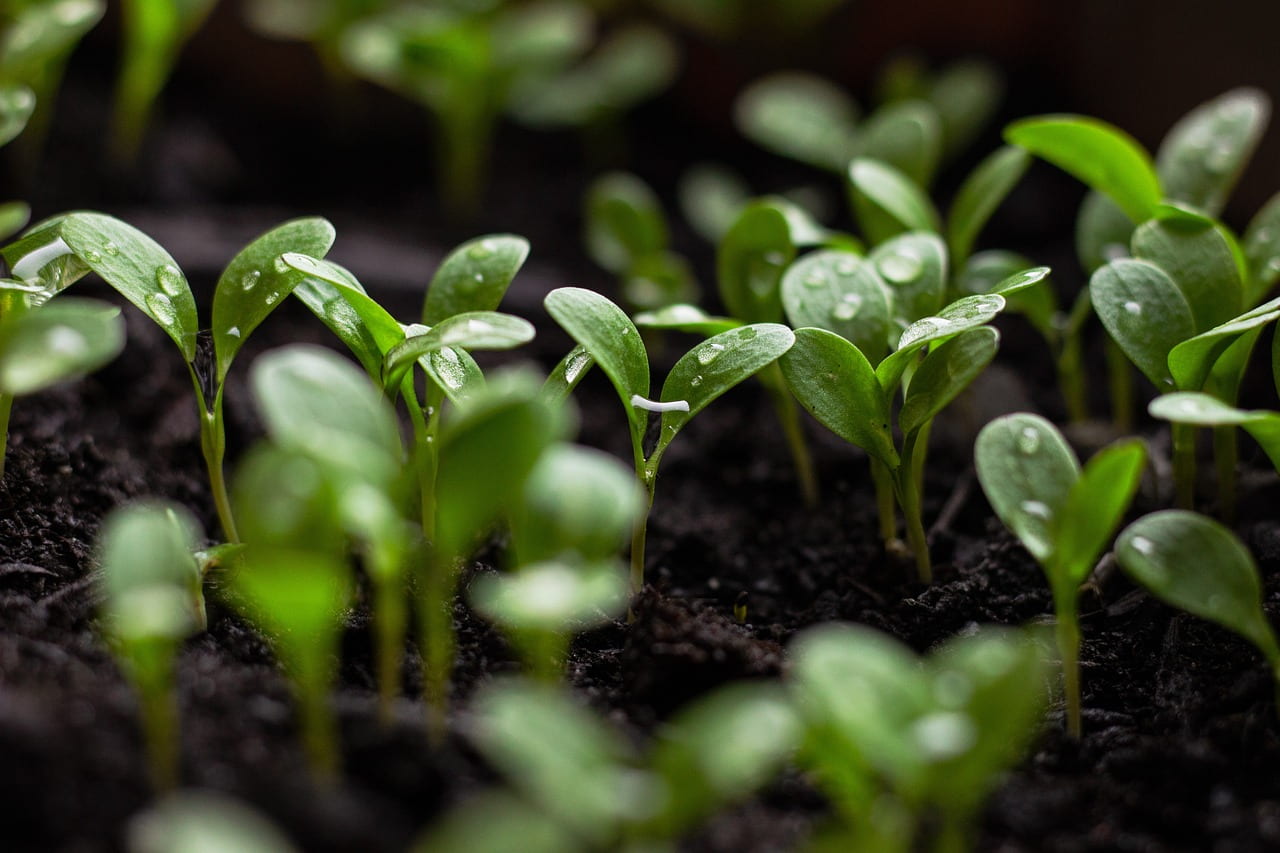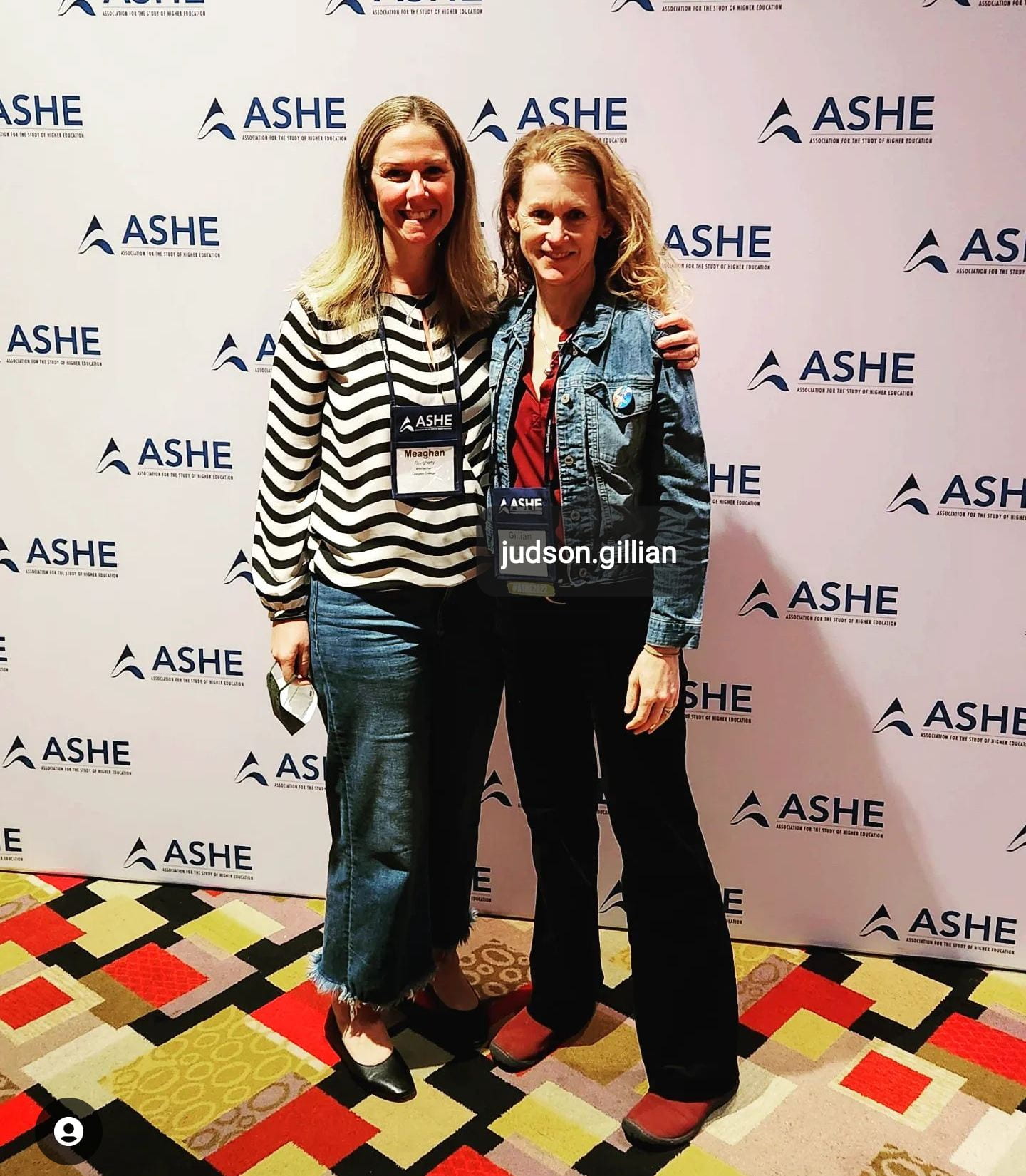 By Meaghan Dougherty and Gillian Judson
By Meaghan Dougherty and Gillian Judson
Our educational ecosystem is increasingly complex. In North America, we are engaged in educational environments marked by vast disparities in funding and resources coupled with the ever-increasing physical, emotional, social, and academic needs of students. We are responsible for caring for students, for keeping them safe, in a context of disparity, inequity, violence, a world-wide pandemic, and the climate crisis. Every day, we struggle to determine how best to support students, their families, and our communities while the public is divided on what should be taught and what the purpose of education is. Educational leaders engage, within these tensions, to try to make things better.
Our research reveals how imagination helps leaders deal with this complexity. So, how does imagination help us navigate the tensions and challenges of educational leadership to make things better? Imagination—in its most practical and applicable form—allows us to connect. Imagination is necessary to empathize, to understand varied perspectives, to move beyond our own position. When we imagine what it is like for others, when we seek to understand another’s experience, we can build meaningful relationships. We found (Judson & Dougherty, forthcoming) that imagination is not only necessary for connection but that connection is also strengthened through imagination.
We have been thinking about imagination as soil (Judson, 2021). Soil—the nutrient-rich footing that allows for trees to take root, that provides foundation for a rich carpet of moss and ferns. Soil allows growth and creates something new. But it cannot do the work alone. Soil is an integral component of complex and relational ecosystems, but all elements of those systems—insects, sunlight, plants, water, humans, and so many more—are interdependent. For us, imagination provides that same foundation for the complex, relational, and interdependent system of education. Imagination allows for creativity and innovation to flourish, opening up new possibilities in education. Like soil, we believe imagination comes first (Liu & Noppe-Brandon, 2009) and that it cannot do the work alone.
Imagination is the soil that allows us to build relationships and through imagination, we are able to strengthen and deepen these relationships. When we are in relationship, we are able to communicate more effectively—truly hear one another—take risks and be vulnerable. As leaders we can move beyond having all the answers, to asking questions that evoke knowledges and voices that are too often silenced. Imagination is also essential for visioning and planning. While visioning and planning are commonplace throughout educational institutions, these processes are not usually explicitly imaginative. Despite numerous calls to re-imagine education, our planning processes tend to reproduce and repeat the same.
How do we envision the future of education? How can we imagine new possibilities for education?
Or, as Dr. Ruha Benjamin (2022a, 2022b) asks, how do we grow the world we want? How might we cultivate imagination to generate new possibilities in education? We humbly build upon some of Dr. Benjamin’s suggestions, and apply them to imagination and educational leadership.
First, “what we water, grows” (Benjamin, 2022a, p. 3). As educational leaders, we need to be intentional about how we direct our energy. We run the risk of being overwhelmed by day-to-day demands and focusing on our immediate responsibilities. Are we watering what has always been? Are we unintentionally strengthening the status quo?
Second, we each need to “put our hand to the plow and do the work that is ours” (Benjamin, 2022a, p. 22). It is up to each of us to ensure we are cultivating our own imagination and the imagination of those around us. We put in the work to know better, to do better, and to make things better for all. And part of that work, is recognizing that our work extends beyond ourselves, beyond the individual, to look at our eco-system more broadly to see what works, how, and for whom.
And so, most importantly, growing a new world involves both uprooting and seeding (Benjamin, 2022a, 2022b). We cannot just imagine new possibilities, we need to uproot what exists and is no longer serving our eco-systems. For us, that involves an ongoing process of decolonization and reparation (Truth and Reconciliation Commission of Canada, 2015). Of interrogating intersecting systems, including the educational system, that perpetuate privilege and oppression. Imagination can’t do it on its own; we need to use imagination to deconstruct accepted systems and structures to create room for new potentialities. Uprooting and seeding. Through a process of uprooting, we allow for new growth to emerge.
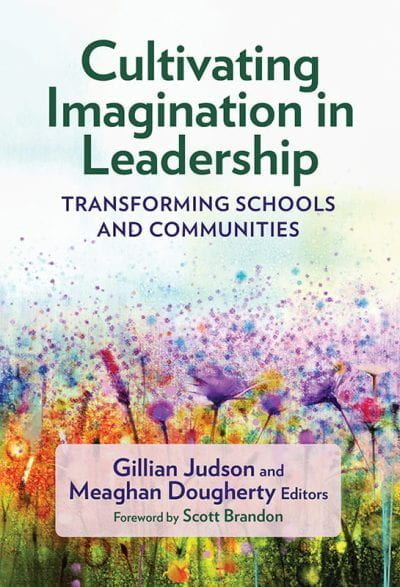 Cultivating Imagination in Leadership: Transforming Schools and Communities (Judson & Dougherty, March 2023), offers varied voices on conceptualizations of imagination: exploring what imagination offers in leadership, examining how imagination can be cultivated, and highlighting the role of imagination in promoting equity in education. Together, the chapters are like a field of wildflowers, growing out of the soil of imagination. Each chapter is unique and complete, yet also contributes to a broader, beautiful landscape of varied perspective, ideas, and understandings.
Cultivating Imagination in Leadership: Transforming Schools and Communities (Judson & Dougherty, March 2023), offers varied voices on conceptualizations of imagination: exploring what imagination offers in leadership, examining how imagination can be cultivated, and highlighting the role of imagination in promoting equity in education. Together, the chapters are like a field of wildflowers, growing out of the soil of imagination. Each chapter is unique and complete, yet also contributes to a broader, beautiful landscape of varied perspective, ideas, and understandings.
We are hopeful that we can come together and get our hands dirty, as we engage in the imaginative process of unrooting, seeding, watering, and plowing a just future for education.
Learn more through imaginED, a blog that unites leaders and educators passionate about imagination (www.educationthatinspires.ca). Submit your stories of imagination in action in your leadership here. If you would like to join our community, participate in professional learning opportunities related to imagination in leadership, or arrange professional learning opportunities with/in your schools and districts, contact Dr. Gillian Judson at [email protected]
 The Cultivating Imagination: Leading Toward a Just Future project is in full swing! This SSHRC-funded project shares podcasts and blogs exploring the vital role of imagination in leadership for social and ecological justice. Leaders on the project team dig into the practical ways they engage imagination and suggest how you can do the same. The project culminates with a LIVE virtual roundtable event in July 2024. Learn more at the project website and CONTACT US if you want to get involved! www.cultivateimagination.ca
The Cultivating Imagination: Leading Toward a Just Future project is in full swing! This SSHRC-funded project shares podcasts and blogs exploring the vital role of imagination in leadership for social and ecological justice. Leaders on the project team dig into the practical ways they engage imagination and suggest how you can do the same. The project culminates with a LIVE virtual roundtable event in July 2024. Learn more at the project website and CONTACT US if you want to get involved! www.cultivateimagination.ca
References
Benjamin, R. (2022a). Viral justice: How we grow the world we want. Princeton University Press.
Benjamin, R. (2022b, Nov 19). Keynote address. Association for the Study of Higher Education, Las Vegas, NV.
Judson, G. (2021). Cultivating leadership imagination with cognitive tools: An imagination-focused approach to leadership education. Journal of Research on Leadership Education, 18(1), 40-62. https://doi.org/10.1177/1942775121102202
Judson, G., & Dougherty, M. (Eds.). (2023). Cultivating imagination in leadership: Transforming schools and communities. Teachers’ College Press.
Judson, G. & Dougherty, M. (forthcoming). Relational leadership and the humanizing power of imagination. International Journal of Leadership in Education.
Liu, E. & Noppe-Brandon, S. (2009). Imagination first: Unlocking the power of possibility. Jossey-Bass.
Truth and Reconciliation Commission of Canada. (2015). Honouring the truth, reconciling for the future: Summary of the final report of the Truth and Reconciliation Commission of Canada. https://irsi.ubc.ca/sites/default/files/inline-files/Executive_Summary_English_Web.pdf
